Old Episcopal Burying Ground
Introduction
Text-to-speech Audio
Images
Front facing photo through the trees of the Chapel House
.jpg)
Entrance Sign of The Old Episcopal Burying Ground
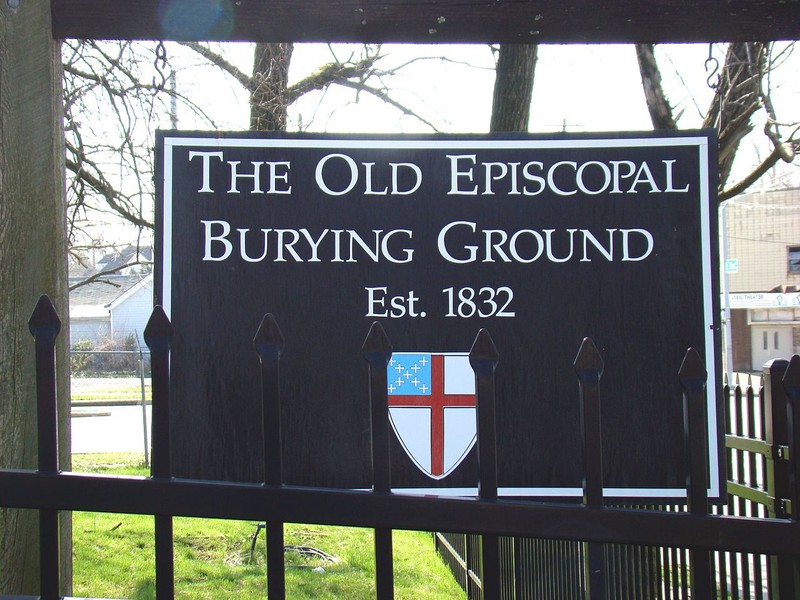
Gravel road leading up to the Chapel House
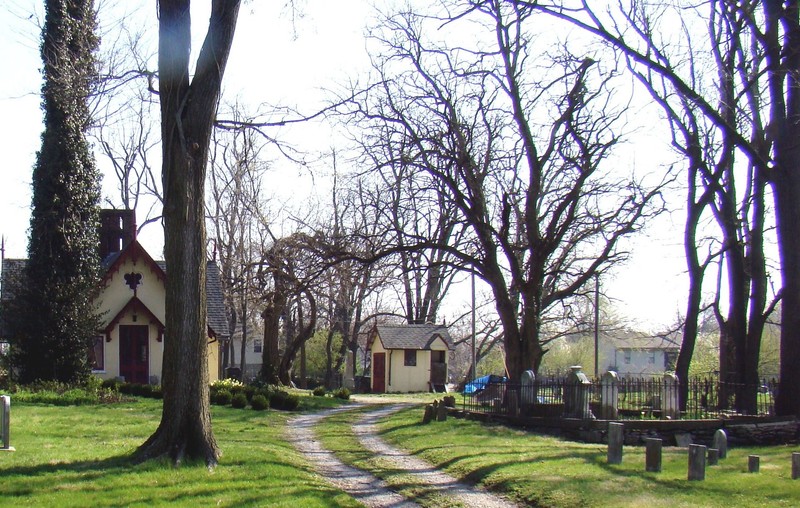
Side photo of the chapel house, with some graves.
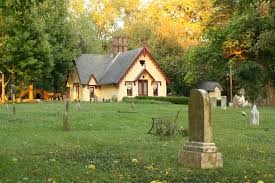
Old School Photo of the Chapel House
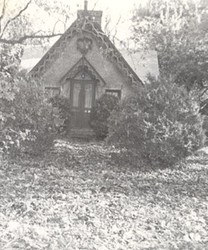
Wide Photo of Some Graves
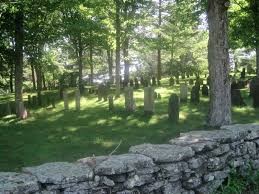
Businessmen celebrating The Old Episcopal Burying Ground becoming a landmark
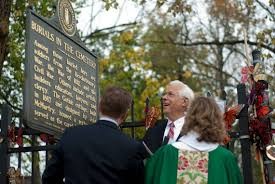
Cement Walking Road leading to the Old Episcopal Burying Ground
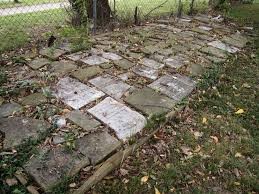
One of the many headstones in The Old Episcopal Burying Ground
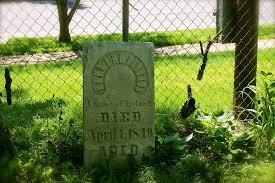
Another Front Facing View of the Chapel House
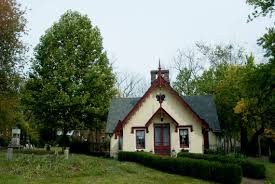
Brick Sidewalk next to a Grave
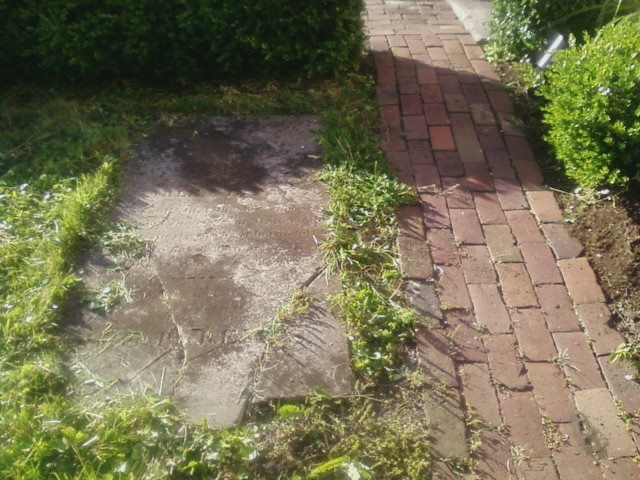
Mega-Tomb in The Old Episcopal Burying Ground
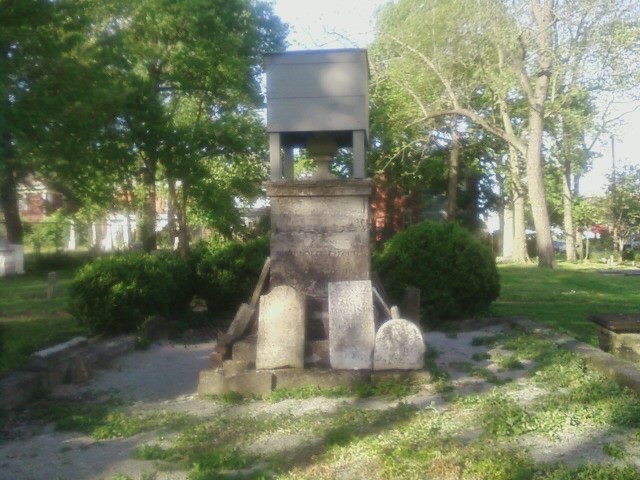
Dia de los Muertos Celebration Day in The Old Episcopal Burying Ground
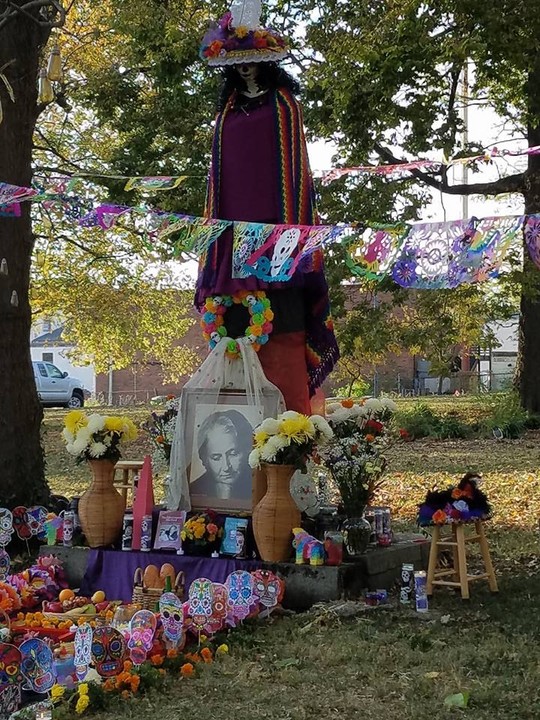
Another Dia de los Muertos Celebration Day in The Old Episcopal Burying Ground
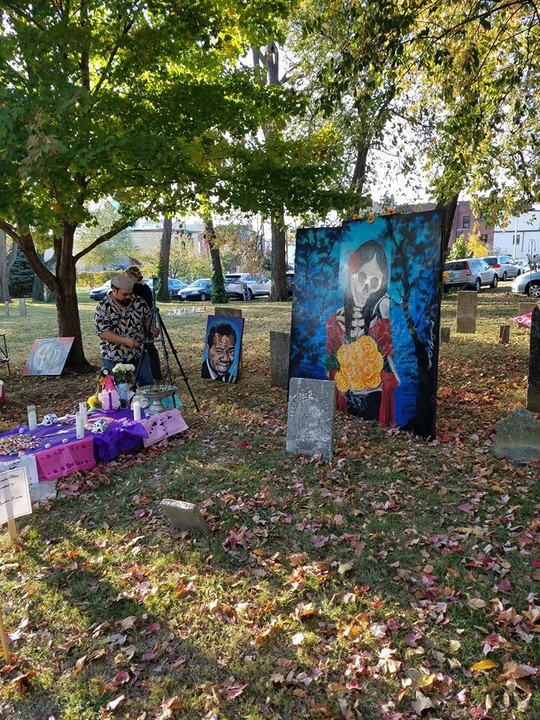
Yet Another Dia de los Muertos Celebration Day in The Old Episcopal Burying Ground
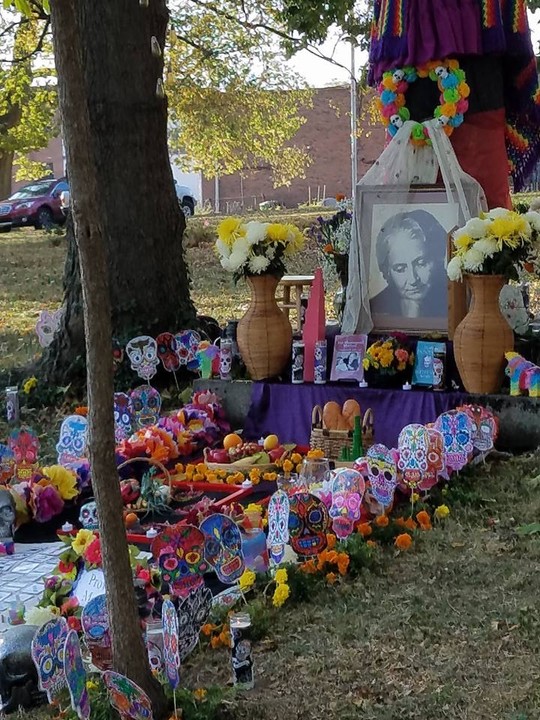
Further Dia de los Muertos Celebration Day in The Old Episcopal Burying Ground
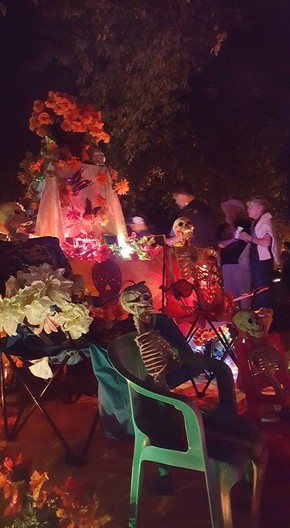
Two Graves that resemble Giant's Feet
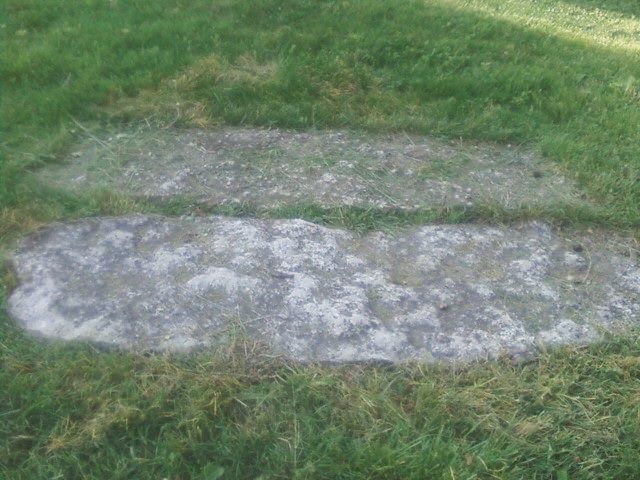
Alternate Dia de los Muertos Celebration Day in The Old Episcopal Burying Ground
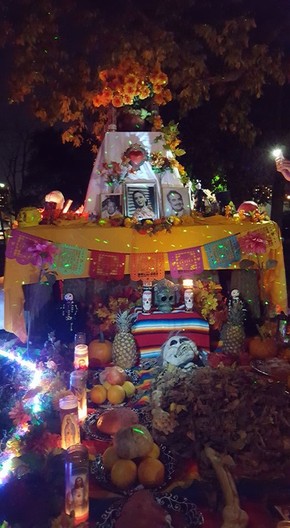
A Maze that can be found in The Old Episcopal Burying Ground
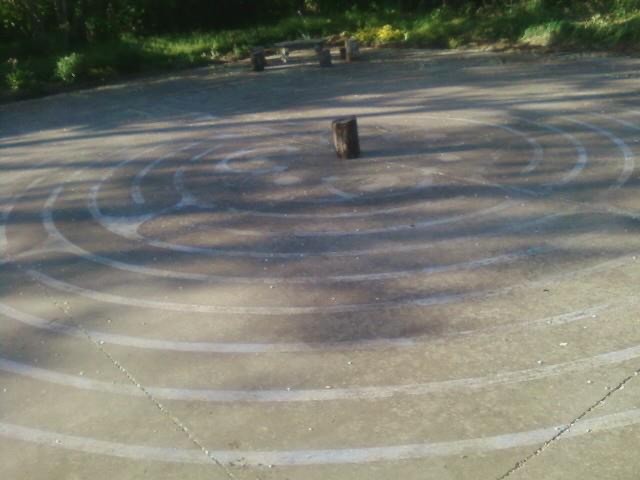
Deformed Tree in The Old Episcopal Burying Ground
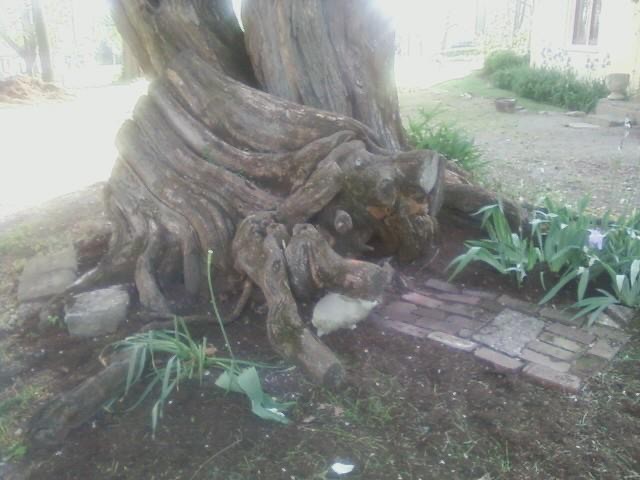
Secondary Dia de los Muertos Celebration Day in The Old Episcopal Burying Ground
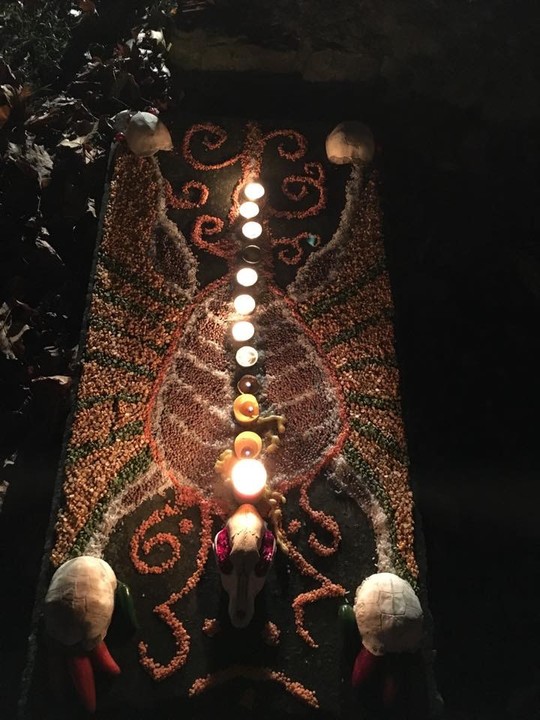
Nice Photo of The Chapel House with the Sun
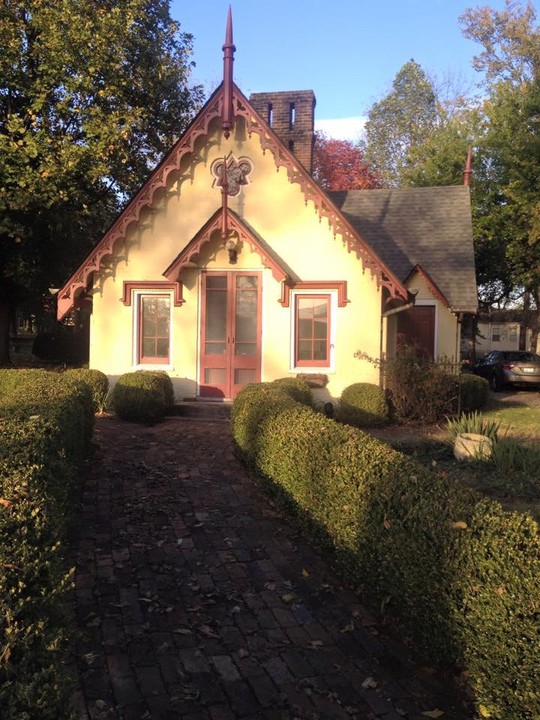

Tomb that can double as a seat
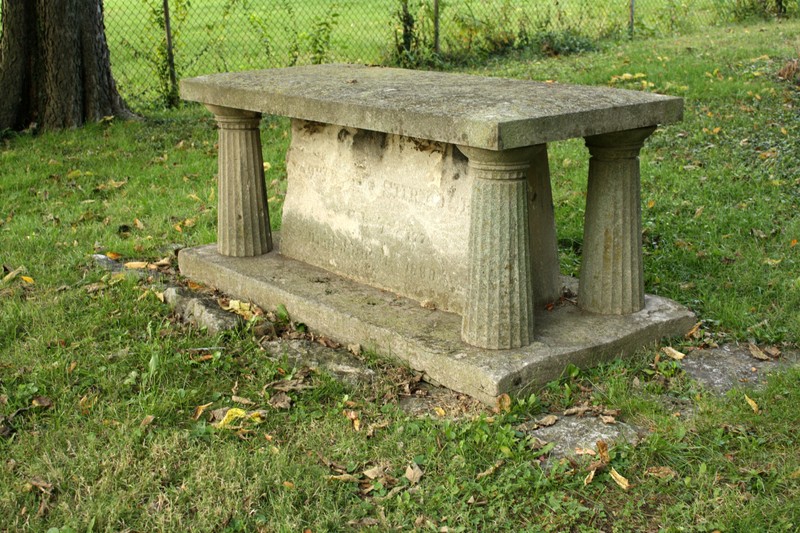
Inside The Chapel House
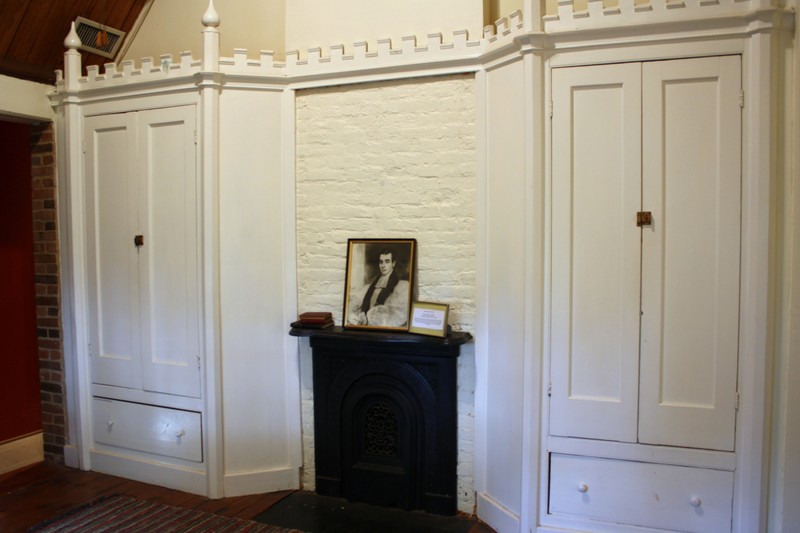
Another Image of Graves in The Old Episcopal Burying Grounds
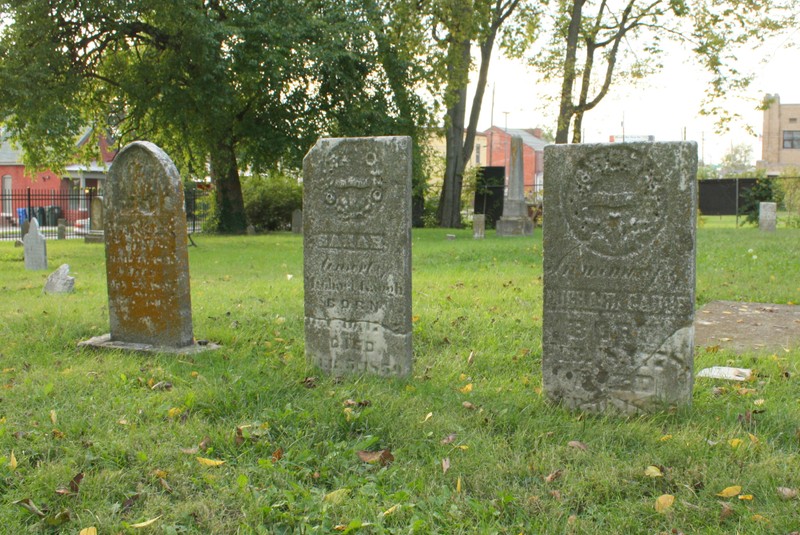
Renovated Bathroom in The Chapel House
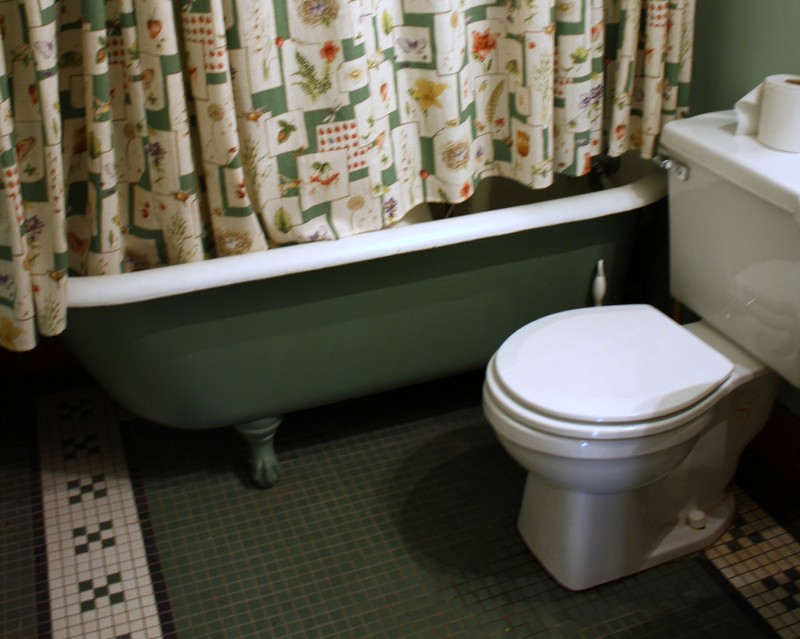
Backstory and Context
Text-to-speech Audio
Throughout the many years it has been noted that some 500-600 bodies had been buried beneath the soil at the Old Episcopal Burying Ground, and surprisingly enough an array of the stones are still in decent condition for being nearly 200 years old. The Old Episcopal Burying Ground has picked up many things as time progressed, but one thing that seemed to have stuck was the notion that this burial ground was sort of like Lexington's own Westminster Abbey due to the sheer amount of important people that have been buried here. [1][2][4]
As stated, there have been a great array of important individuals buried in this cemetery including Mathias Shryock, of whom was the father of Kentucky architecture. He was born in Maryland, and he married in 1798, but moved to Kentucky, and not just anywhere in Kentucky, but Shryock chose Lexington to be his new home. In 1814 Shyrock decided to build his family's home on what is now known as Transylvania University, and in that same calendar year Shryock also began to work on the first Episcopal church in Lexington, not to mention that he also was the main designer on the childhood home of Mary Todd Lincoln that can be found on West Main Street [4] Another person of prominence that should be mentioned is none other than Colonel George Nicholas (first attorney general of that state) & Thomas Hart of whom was the father in law to the famed Henry Clay [5][6].
In 1848 it is noted that many of the bodies that were initially buried at this site were "re-interred" in the newest cemetery, but to their dismay their original headstones were left behind. The re-interring came to a halt in 1870, and no grave has been disturbed since, and this cemetery remains a strong part of Lexington's history and stays to serve as a reminder for a time way back when religion played a very prominent role in people's lives.This historic burial ground serves as a concrete reminder to what happened during the Cholera epidemic of 1833. It should also be noted that this burying ground has been known by an array of names since it's resurrection, those names are as follows: Old Episcopal Cemetery, Old Christ Church Cemetary, and lastly, the infamous Old Episcopal Burying Ground [5][6].
A little backstory on some of the smaller details regarding this historic site....
There was a man known as Rev. London Ferrill of whom was “a former slave and carpenter from Virginia, he became the second preacher of the First African Baptist Church in Lexington, Kentucky, serving from 1823 to 1854.”[6]
“Twenty-one years before, when cholera swept through the city, Ferrell's wife, Rodah, was one of those who died. Despite the loss and the danger, Ferrell stayed in the city, perhaps one of only three clergymen to remain to minister to the sick and dying. The others were the Rev. Ed McMahon, a Catholic priest, and the Rev. Benjamin Bosworth Smith of Christ Church, the Episcopal Church on Market Street. Smith's wife, along with about a third of his congregation, also died. London Ferrill is a prominent person of mention due to the fact that he was one of the few clergy to actually stay in Lexington after the Cholera outbreak where out of the kindness of his heart, he cared for the sick and dying .”[7]
Also of note, The Old Episcopal Burying Ground was “purchased by Christ Church in 1832, the cemetery was in use until 1870 and about 600 people... “there are several types of people of whom are buried here stretching from essential peasants to notable people such as “artists, builders, educators, lawyers and clergy... all of whom are thought to have been buried there, including more than 50 killed in the cholera epidemics and possibly deposited in mass graves.”[7]
Another thing of mention is that in 1867, as mentioned earlier, “a Gothic cottage was built on the burial grounds to house a sexton and caretaker.
“But by the time that the early 1900s rolled around, “the cemetery had fallen into neglect according to Bob Voll, chairman of the Old Episcopal Burying Ground board. Efforts were made in the 1940s, the 1970s and the 1980s to restore the grounds and map the grave sites and then in the 1990s two strong-willed, community-minded women, Lucy Crump and Carole Pettit, began a sustained effort to finally get it done.” [7]
This historical place was designed, and built by Lexington's own John McMurtry, McMurtry was the mind behind the designs such as the T.D. Bayse House, Botherum, Buenna Hill, Christ Church Episcopal, Clark County Court House, Elley Villa, Fairlawn, Floral Hall, Higgins Block, The Kentucky School for The Deaf, Thomas January House, Lexington Cemetery's Entrance Gates, Loundon House, Sayre's Female Institute among many other notable locations around Central Kentucky.[5][6]
Sources
[1] The Advocate, The Diocese of Lexington, Summer 2008, p. 5
[2] Barr, Frances Swinford Keller and James D. Birchfield. Old Episcopal Burying Ground, Heritage Books, 2002; reprinted 2006.
[3] Hutchins, Zachary. “Summary of Biography of London Ferrill, Pastor of the First Baptist Church of Colored Persons,”Lexington, KY. Accessed December 16, 2019. https://docsouth.unc.edu/neh/ferrill/summary.html.
[4]“Mathias Shryock.” Academic Dictionaries and Encyclopedias. Accessed December 16, 2019. https://enacademic.com/dic.nsf/enwiki/2962183.
[5] “Old Episcopal Burying Ground--Lexington, Kentucky -- National Register of Historic Places Travel Itinerary.” National Parks Service. U.S. Department of the Interior. Accessed November 24, 2019. https://www.cr.nps.gov/nr/travel/lexington/oeb.htm.
[6]Park, Mrs. James, Jr. (November 1975). "National Register of Historic Places Inventory/Nomination: Episcopal Burying Ground and Chapel / Old Episcopal Burying Ground and Chapel". National Park Service. Retrieved November 24, 2019.
[7] Patton, Janet. “New Marker Honors Revitalized Old Episcopal Burying Ground.” kentucky. Lexington Herald Leader, October 24, 2011. https://www.kentucky.com/news/local/counties/fayette-county/article44132577.html.
